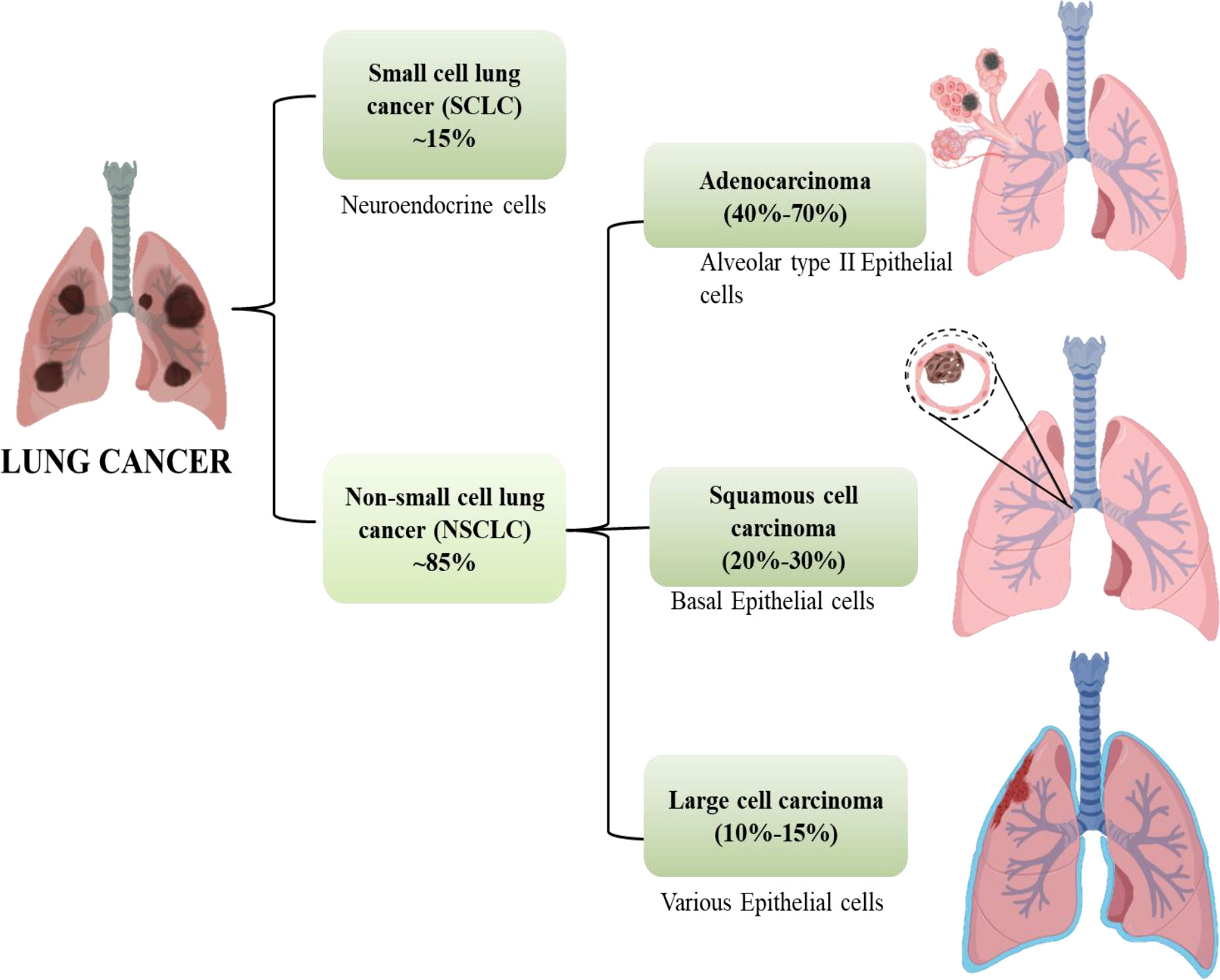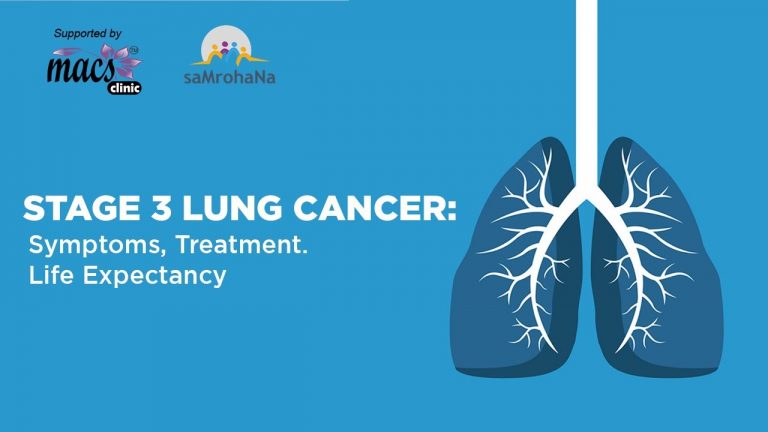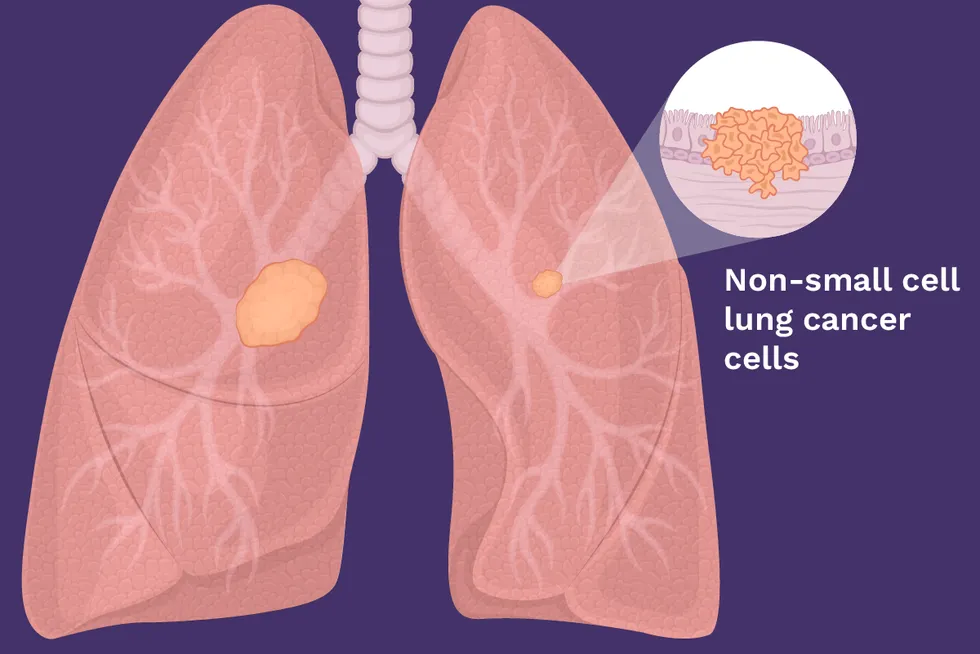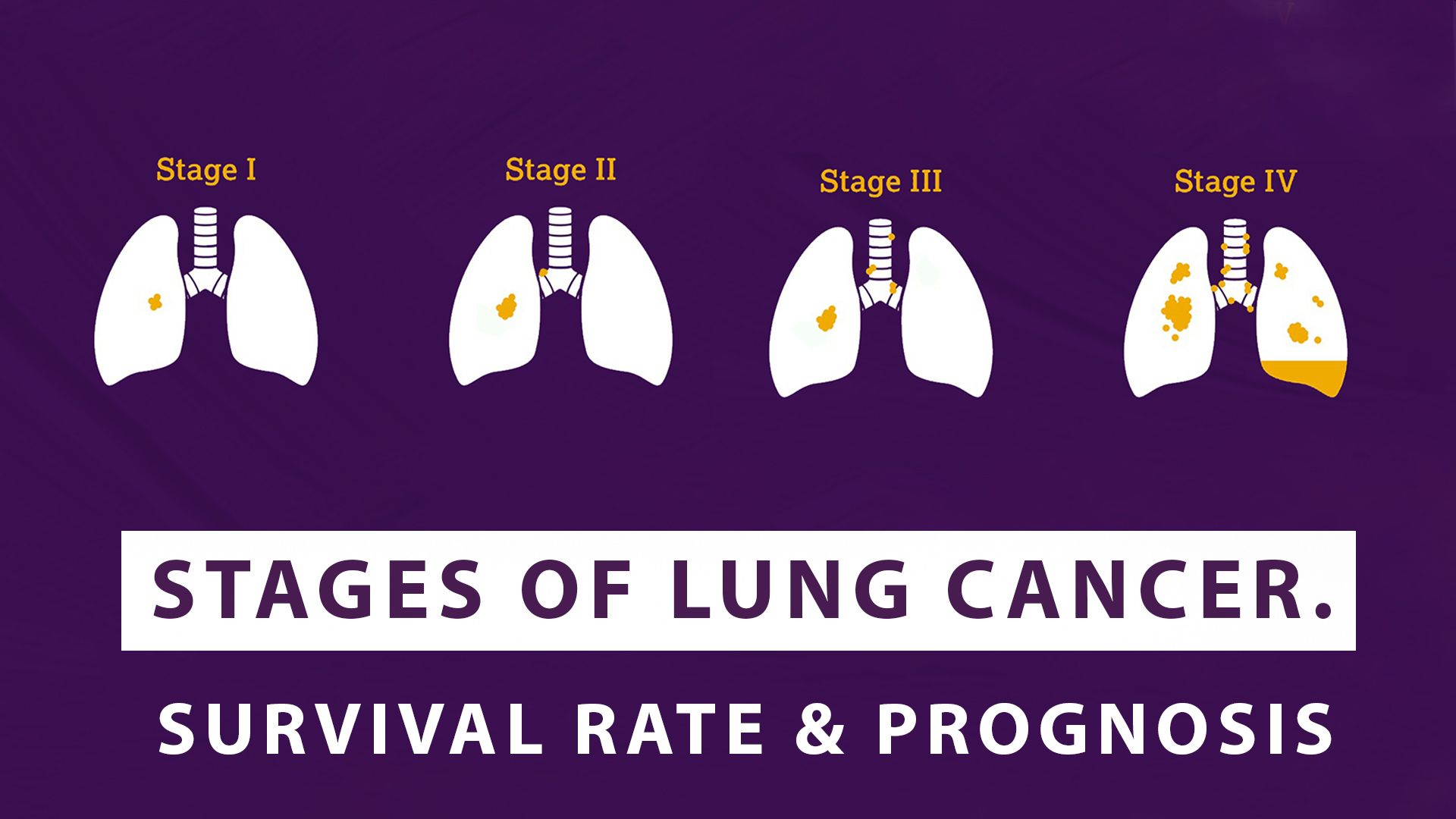Why Is Small Cell Lung Cancer Inoperable
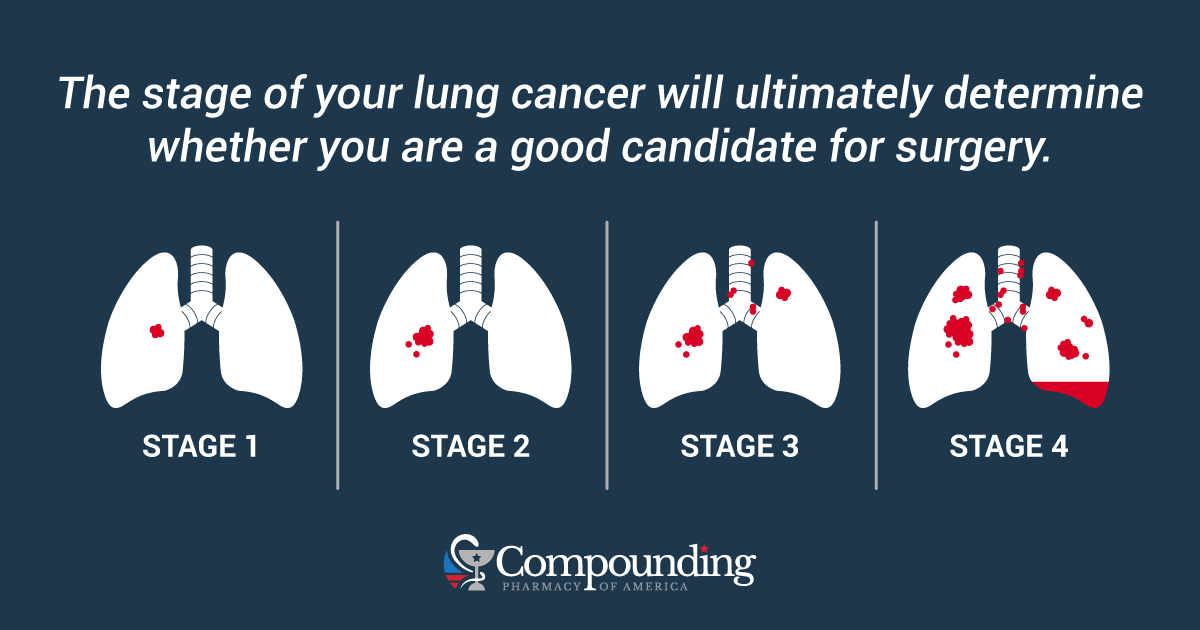
Small cell lung cancer (SCLC) poses a formidable challenge: surgery, a cornerstone of treatment for many cancers, is often not an option. Why is this aggressive cancer, notorious for its rapid spread, frequently deemed inoperable?
SCLC, representing about 10-15% of all lung cancers, is rarely treated with surgery because it typically spreads rapidly and extensively before diagnosis. This article delves into the reasons behind this treatment limitation, highlighting the unique characteristics of SCLC and the implications for patient outcomes.
The Nature of SCLC: A Rapidly Spreading Disease
SCLC is characterized by its aggressive growth and early metastasis. It's often detected at later stages, typically Stage III or IV, when it has already spread beyond the lung to the lymph nodes or distant organs.
Unlike non-small cell lung cancer (NSCLC), SCLC is highly responsive to chemotherapy and radiation. However, these treatments are rarely curative, and the cancer often returns.
Limited-Stage vs. Extensive-Stage SCLC
Historically, SCLC is classified into two stages: limited and extensive. Limited-stage SCLC is confined to one side of the chest and regional lymph nodes and may be treated with radiation therapy combined with chemotherapy.
Extensive-stage SCLC, accounting for the majority of cases at diagnosis, indicates the cancer has spread widely throughout the body. This widespread dissemination makes surgical removal impractical.
Why Surgery is Rarely an Option
The primary reason for inoperability is the high likelihood of micrometastases. Even when the primary tumor appears localized, microscopic cancer cells are often already circulating in the body.
Removing the primary tumor surgically without addressing these distant metastases would not effectively control the disease. Chemotherapy and radiation are better suited for treating the widespread nature of the cancer.
Furthermore, SCLC tumors are often located near vital structures in the chest, making surgical resection extremely risky. Attempting to remove the tumor could damage the heart, major blood vessels, or the esophagus.
The Role of Chemotherapy and Radiation
Chemotherapy is the primary treatment for SCLC, aiming to kill cancer cells throughout the body. It is most effective when used in combination with radiation for limited-stage SCLC.
Radiation therapy is used to target the primary tumor in the lung and any local lymph node involvement. It is also frequently used to treat brain metastases, a common occurrence in SCLC patients.
While these treatments can induce remission, SCLC often recurs. Researchers are exploring novel therapies, including immunotherapy and targeted therapies, to improve long-term outcomes.
Emerging Treatment Strategies
Immunotherapy, particularly immune checkpoint inhibitors, has shown promise in treating SCLC, particularly in patients who have relapsed after initial chemotherapy. These drugs help the immune system recognize and attack cancer cells.
Targeted therapies, which target specific molecules or pathways involved in cancer growth, are also under investigation. However, the genetic landscape of SCLC is less well-defined than NSCLC, making targeted therapy development more challenging.
Clinical trials are actively enrolling patients with SCLC to evaluate new treatment approaches. These trials offer hope for improving survival and quality of life.
Looking Ahead
The inoperability of SCLC highlights the urgent need for early detection strategies and innovative therapies. Research efforts are focused on developing more effective systemic treatments and personalized approaches tailored to the individual characteristics of each patient's cancer.
Patients diagnosed with SCLC are encouraged to seek expert consultation from oncologists specializing in lung cancer. They should also discuss the possibility of participating in clinical trials that may offer access to cutting-edge treatments.
The fight against SCLC continues, with ongoing research paving the way for potential breakthroughs in diagnosis and treatment.
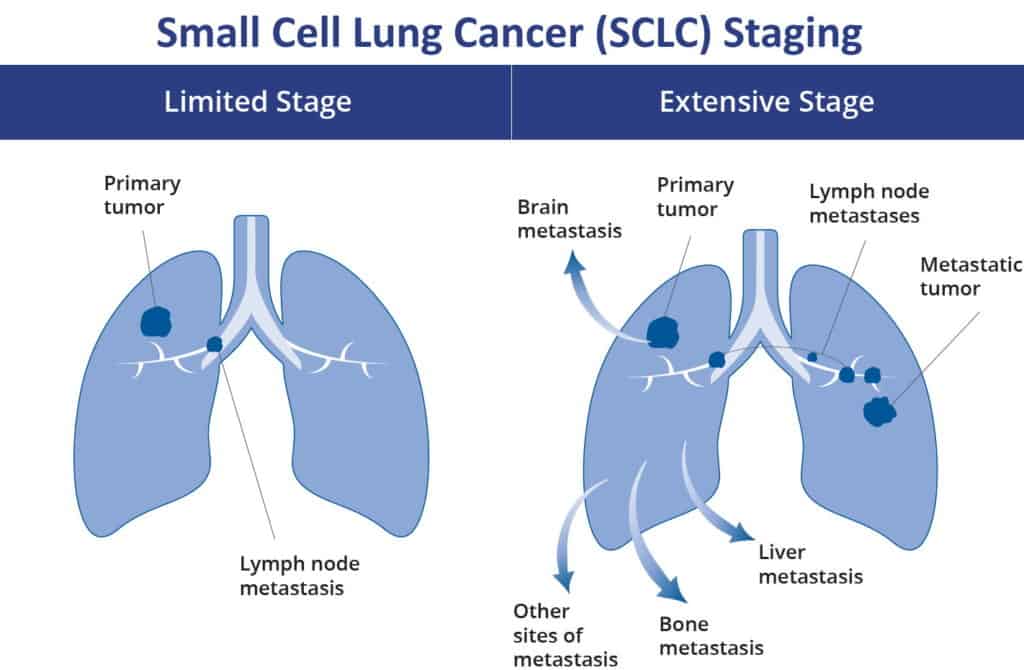

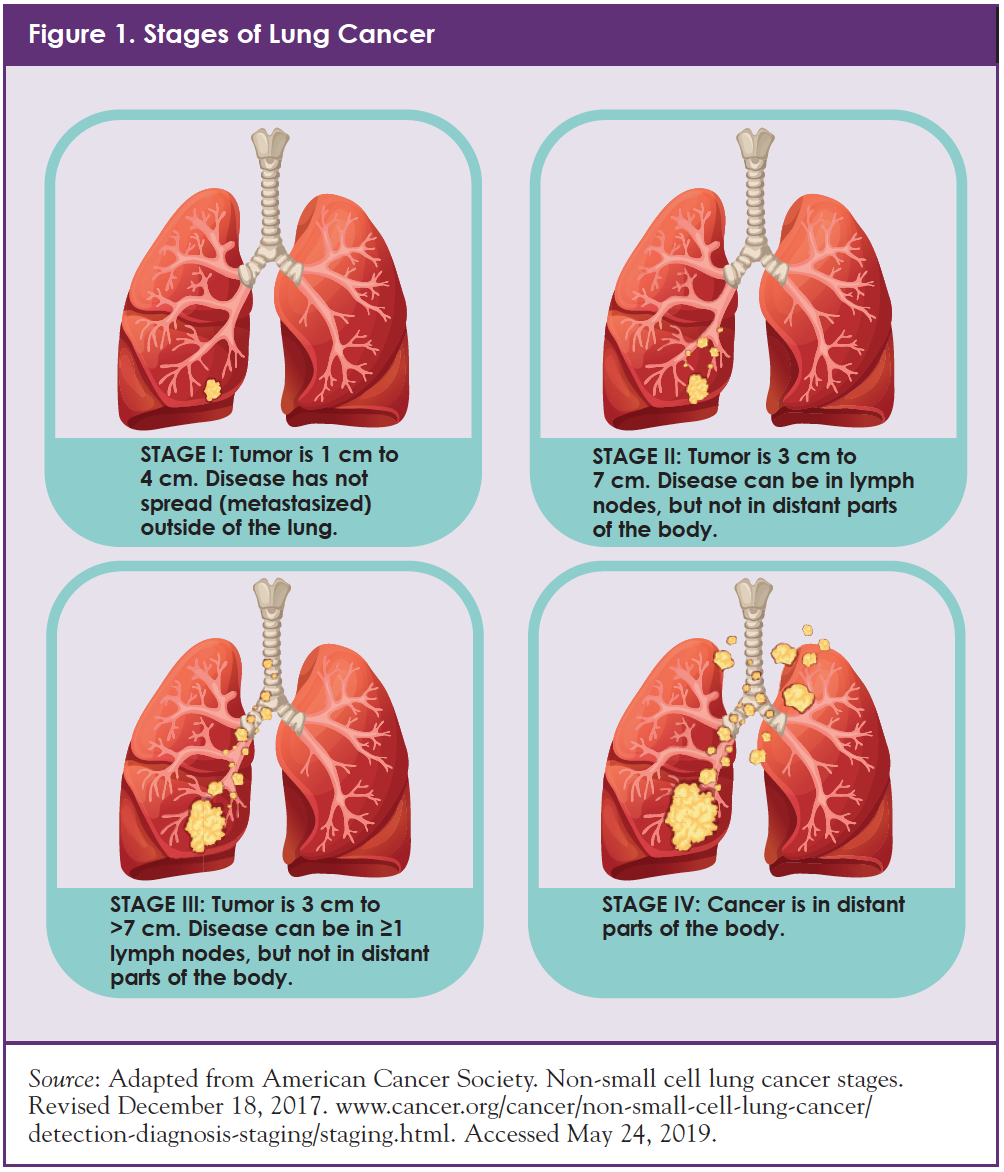
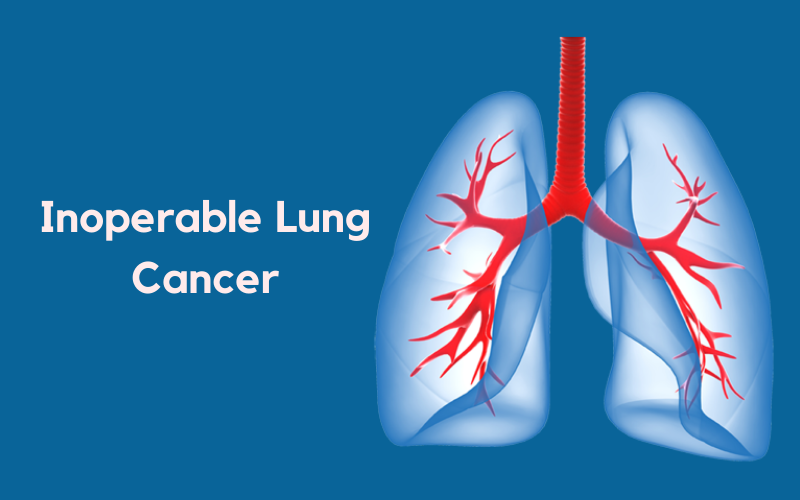

:max_bytes(150000):strip_icc()/small-cell-vs-non-small-cell-lung-cancer-5208050_FINAL-706765d4fe5142feb56b108e87625e06.jpg)
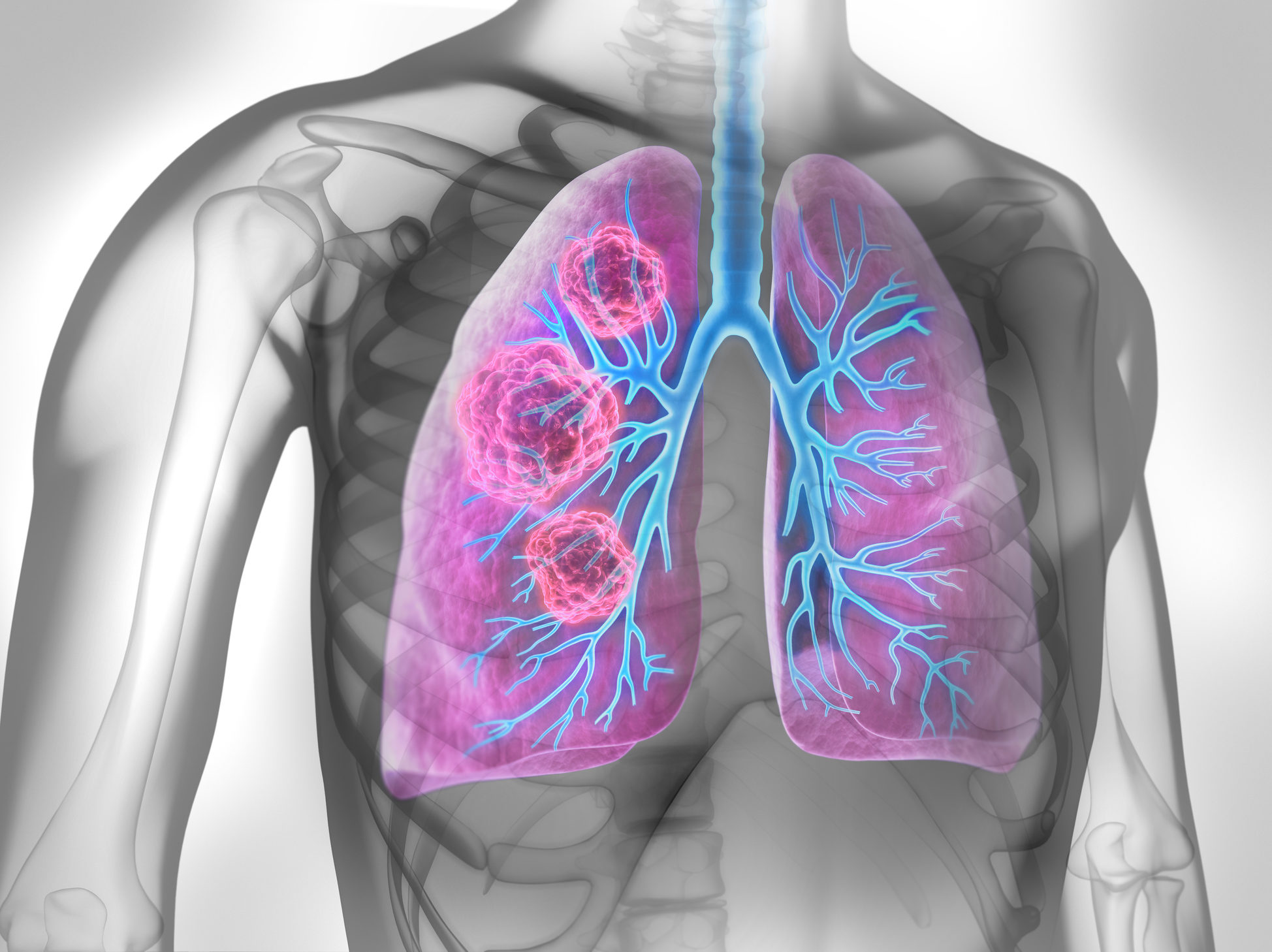
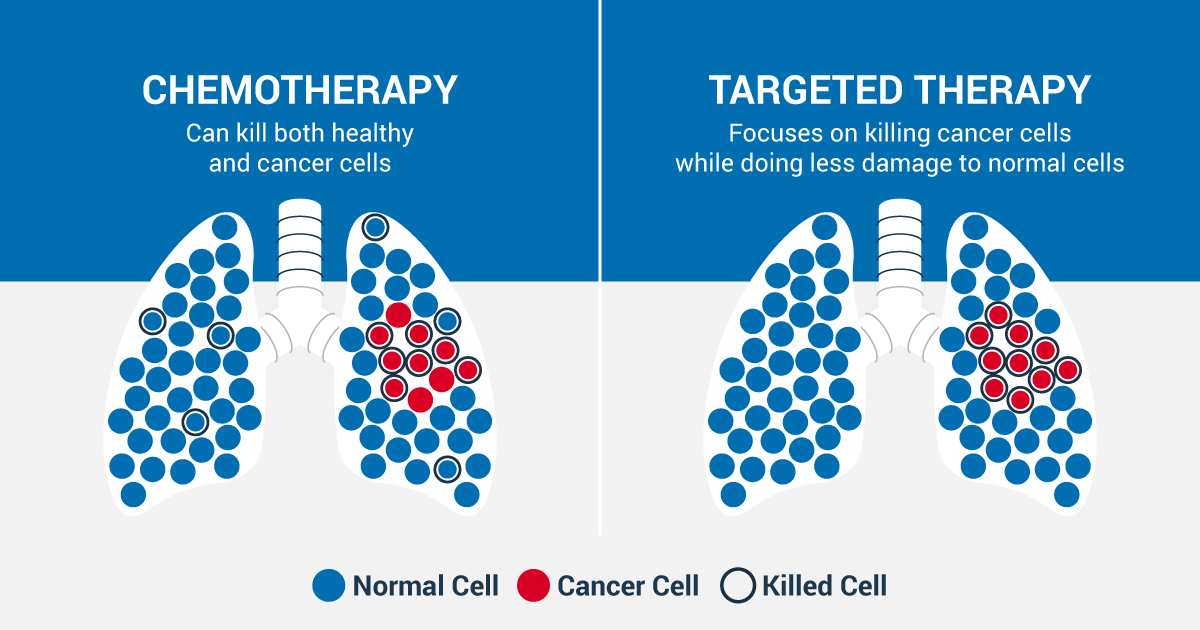
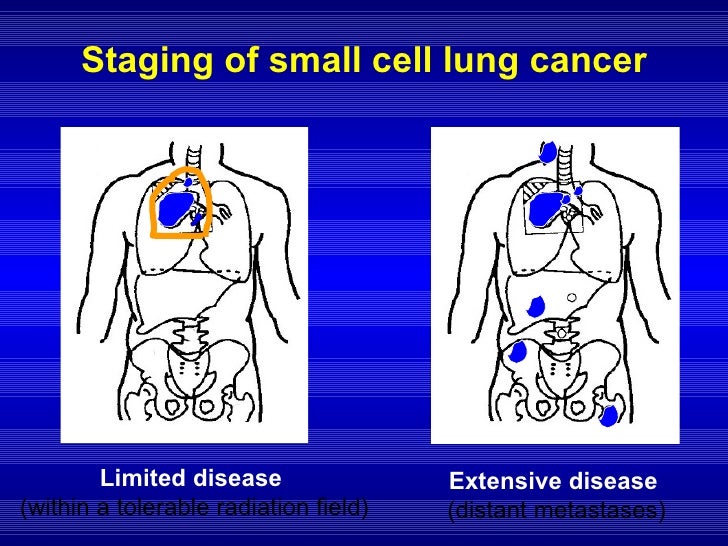
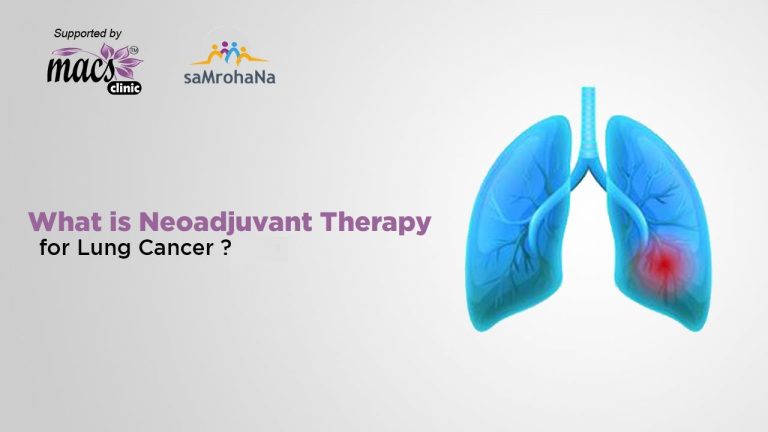

:max_bytes(150000):strip_icc()/non-small-cell-lung-cancer-2249281_final-ea85b1b20eb748fb806d5ed11284dfd8.png)
